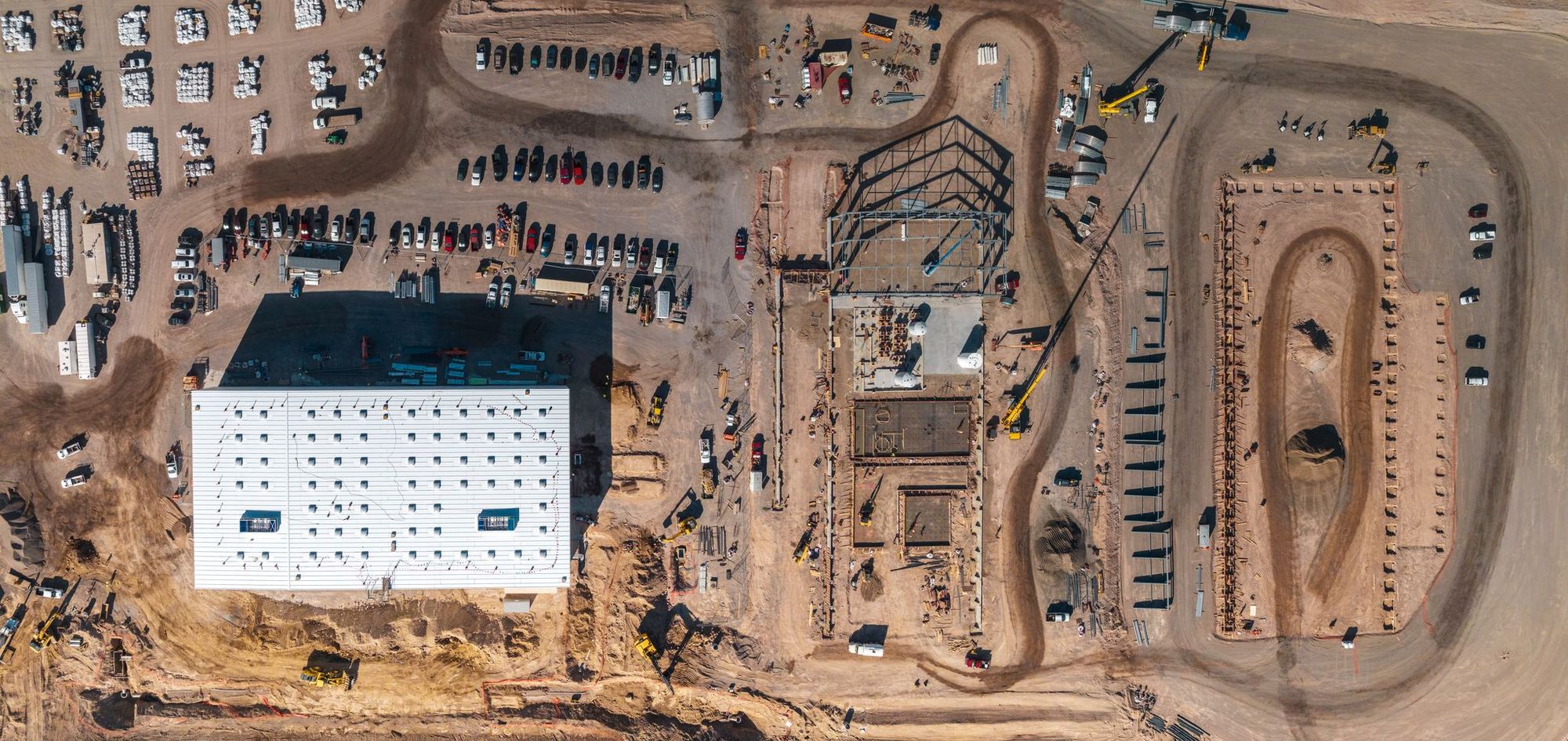
Jan 19, 2022
An update on our anode copper foil product & facility
Read post

Redwood’s mission is to create a circular supply chain for electric vehicles and clean energy products, that make them more sustainable and drive down the single most expensive component: batteries. We’ve shared a lot about our recycling work which is certainly a core component of the battery sustainability equation but is only the tip of the iceberg for Redwood.
To make electric vehicles and energy storage products fully sustainable and affordable we need to actually close the loop at their end of life. This means not just collecting and recycling the batteries but also continuing further, fully refining the materials we recover and then manufacturing them back into precision battery materials to use those raw materials again.
The existing battery supply chain is a convoluted system that requires materials to travel tens of thousands of miles before they make their way into a final product. In looking at the supply chain for a single component such as cathode, the logistics required alone contribute enormously to the overall cost and carbon footprint.
Redwood will produce strategic battery materials in the US, first supplying battery cell manufacturing partners with anode copper foil and cathode active materials. We plan to transform the lithium-ion battery supply chain by offering large-scale sources of these domestic materials produced from as many recycled batteries as available and augmented with sustainably mined material. These two products will become a closed loop and re-use all of the critical lithium, copper, nickel and cobalt that we already recover from old batteries! These materials will be built from more and more recycled battery content every year but in the immediate future, we need to ramp EV production faster than the number of existing EVs will reach end of life and therefore, be available for recycling. Quickly ramping up a domestic battery materials supply chain and using the highest possible percent of local, recycled raw materials is the best way we can meet the US’s 2030 electrification goals.
In order to achieve a sustainable energy and transportation future, we need to start now and and rapidly expand a manufacturing base. By early 2022, Redwood will announce a site for our North American battery materials manufacturing facility, aiming to produce 100 GWh/year of cathode active materials and anode foil for one million electric vehicles by 2025. By 2030, we expect our production output to scale to 500 GWh/year of materials which would enable enough batteries to power five million electric vehicles or nearly half of the US’ annual vehicle production.
Sustainable and affordable battery materials are the missing piece of the puzzle to create the fully closed-loop supply chain needed to build the world’s electric vehicles and clean energy products. We’re excited to share more in the coming weeks about these products and the partners that will join us as we build the future that we all want and need.